Let’s build more accessible housing. I have been saying this for six years, since I found out first-hand how few accessible properties are available. The government is finally showing an interest in changing this, and I am so excited.

The consultation, ‘Raising accessibility standards for new homes’ (now closed), declared the government’s intention to act on the shortage of accessible housing. In September, housing secretary Robert Jenrick introduced the consultation, stating: “We are taking decisive action to build the homes this country needs, including accessible homes.”
Despite being legally obligated to plan for accessible housing, the majority of local authorities had no requirements in their current Local Plans, meaning this shortage is not going to go away without national commitment. We can change this, and we have to.
As a wheelchair-user, I am well aware of how difficult it is to find somewhere accessible to live, and I am delighted at the prospect of change. It took me two and a half years to find a house without steps.

I am lucky. I have heard of others in less newly built areas having to wait longer than a decade, sat on waiting lists hundreds long or awaiting an alert from an estate agent that never comes. Inaccessible housing has been shown to contribute to issues including social isolation, access barriers to education and jobs, domestic abuse and institutionalisation.
Research by the London School of Economics shows that 1.8 million people are currently living in a home that does not meet their needs.
Increasing the proportion of adaptable (M4(2)) and accessible (M4(3)) homes we build will make a huge difference. By building accessible housing as standard, we can create inclusive communities where disabled people and our families can enjoy our lives, in houses that work around us.
Fleur Perry is an accessible housing campaigner























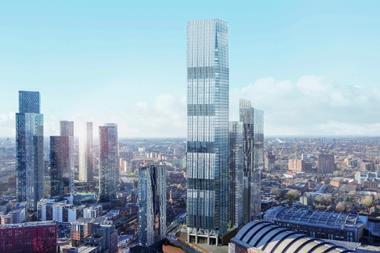
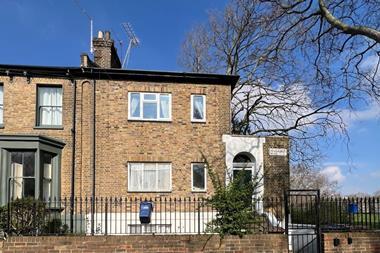

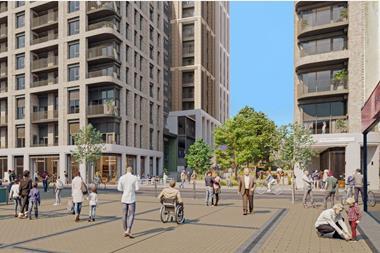
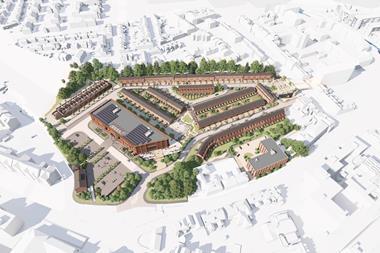
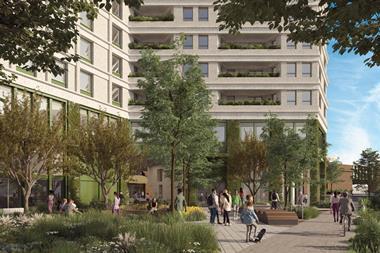
No comments yet